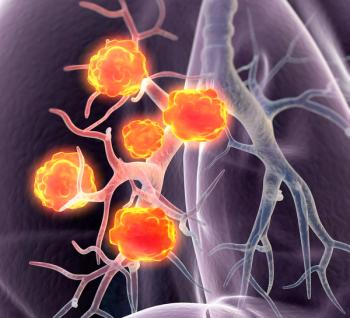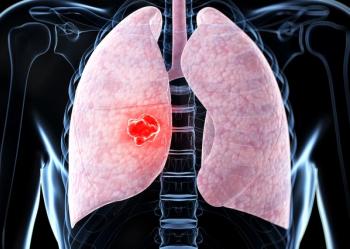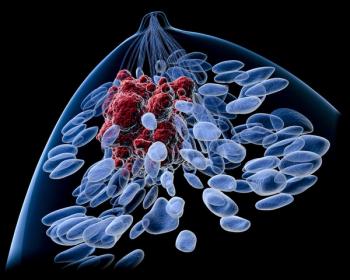
Modifying Radioactive Injection Techniques May Decrease Extravasation Rate
A study aimed to determine the variables that correlated with extravasation rates in patients receiving radiation injection therapy.
Despite previous statements from the Nuclear Regulatory Commission (NRC), which suggest that extravasation is unavoidable during diagnostic imaging, results from a quality improvement initiative presented at the American Society of Clinical Oncology (ASCO) Quality Care Symposium in 2018 revealed that many extravasations are avoidable.1
In an interview with CancerNetwork®, Jackson W. Kiser, diagnostic radiologist and chief of Molecular Imaging at Carilion Roanoke Memorial Hospital in Roanoke, Virginia, highlighted findings he presented showing a significant reduction in extravasation rates when technologists were educated with a quality improvement plan.
Kiser began by disputing a claim made by the NRC in the 1980s that extravasation was unavoidable, spotlighting a study he conducted that refutes the claim. He explained that the study evaluated 5 technologists as they injected patients with radiotracers for PET imaging, who initially extravasated 13.3% of the time. Following a quality improvement plan and assessment of variables that may have resulted in extravasation, the extravasation rate was 2.9% upon remeasurement.
He then suggested that the results from this work affirm the ability to reduce extravasation rates, effectively challenging the NRC statement from the 1980s. Kiser concluded by endorsing the potential impact of H.R. 2541, or the Nuclear Medicine Clarification Act of 2025, which he believes would benefit safety outcomes for patients, as well as image quality for clinicians.2
Transcript:
Going back to the 1980s statement from the NRC, that [extravasation is] unavoidable––well, they are avoidable. You can train to prevent them. There is another paper we published looking at our extravasation rate before we had [the monitoring] device available. The [technologists] would inject, and we had them blinded to their injections, so they did not know when they were extravasating or when they were not. We had about 5 technologists that were being monitored blindly, and we got a composite extravasation rate: it was about 13% to 14% of them, collectively.
We did a deep dive to figure out, “why are you extravasating? Was it needle size? Was it patient weight? Was it patient age?” There were all these variables we looked at, and we found out some clustering of reasons for different technologists. We had to modify their technique in those situations. We measured them again, blindly, and they brought their extravasation rate down to approximately 2% to 3%. You can modify this, and you can do better; that is a “MythBuster” about the 1980s statements.
[H.R. 2541], depending upon how it reads, could be [quite] impactful. It’s good for patient care. It’s good for safety, image quality––all these things because you want that dose to go where it’s supposed to go, not into the [healthy] tissue at the injection site. It’s going to be interesting to see how this plays out, what happens with it, and how Congress will debate it and send it up to Senate, [then] they will change it and send it back. It’s going to be interesting to see how it goes, but I hope they do the right thing.
References
- Kiser JW. Quality improvement using new technology to assess and reduce FDG PET/CT radiotracer infiltrations. J Clin Oncol. 2018;36(30):313. doi:10.1200/JCO.2018.36.30_suppl.313
- H.R.2541 - Nuclear Medicine Clarification Act of 2025. Congress.gov. Accessed April 17, 2025. https://tinyurl.com/mss6h3h5
Newsletter
Stay up to date on recent advances in the multidisciplinary approach to cancer.

















































































